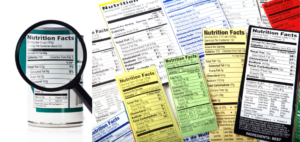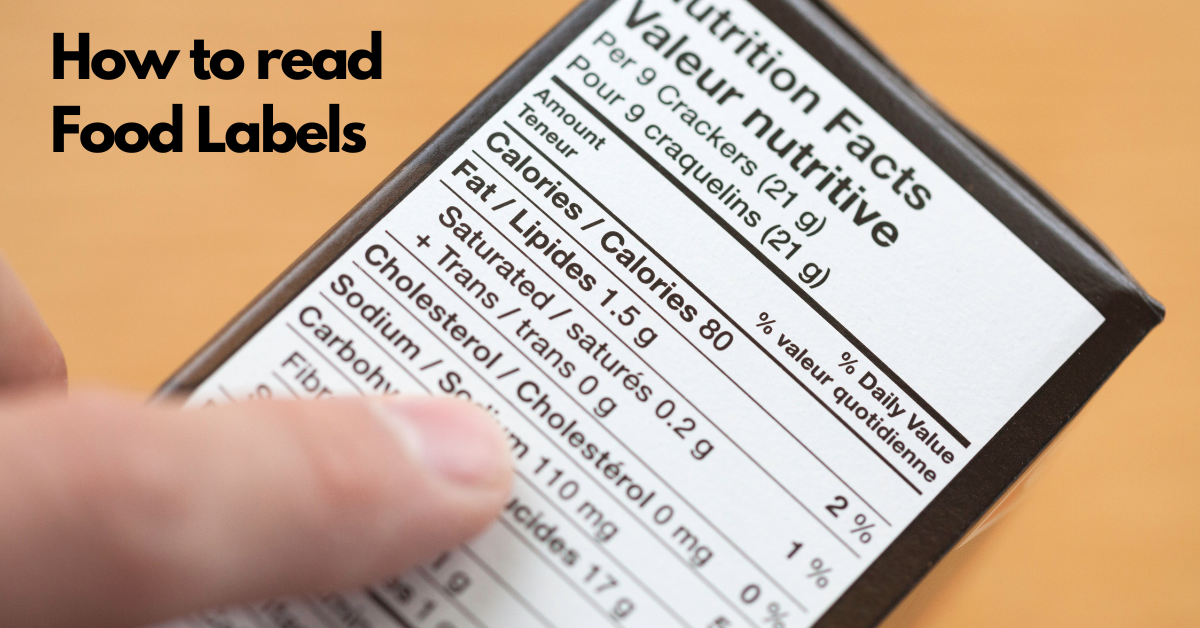You hold the power to make informed choices about the food you consume by mastering the skill of reading food labels like a pro. Understanding how to decode the information presented on packaging can help you make healthier decisions for yourself and your family. With a few simple tips and tricks, you can navigate through the confusion and extract valuable insights from food labels like a seasoned expert. Let’s explore the necessary steps that will empower you to make smart and mindful choices while grocery shopping.
Understanding the Basics
The Nutrition Facts Panel
Even before delving into the nitty-gritty of food labels, it’s crucial to grasp the significance of the Nutrition Facts Panel. This section of the label provides vital information about serving size, calories, and the amounts of nutrients like fats, carbohydrates, and proteins in a product. Understanding the Nutrition Facts Panel can help you make informed decisions about the foods you consume.
List of Ingredients
Even if you’re not a nutrition expert, a quick scan of the list of ingredients can reveal vital details about what you’re about to eat. Ingredients are listed in descending order by weight, so the first few ingredients are the most prevalent in the product. Familiarize yourself with common additives, preservatives, and sweeteners to make better choices for your health.
Nutrition labels can be deceiving, so it’s vital to read beyond the macronutrients and calories. The list of ingredients can provide valuable insights into the quality of a product. Watch out for hidden sugars, unhealthy fats, and artificial additives that could impact your health in the long run. Bear in mind, the shorter and more natural the list of ingredients, the better the choice usually is.
Mastering the Details
Serving Size and Servings Per Container
Any pro at reading food labels pays close attention to the serving size and servings per container. This information dictates the rest of the nutritional values listed on the label. Be sure to check that your portion aligns with the serving size to accurately track your intake.
Micronutrients to Watch
Any knowledgeable consumer knows that micronutrients are just as important as macronutrients. Keep an eye out for key vitamins and minerals like Vitamin D, calcium, iron, and potassium. These play vital roles in various bodily functions, so ensure you are meeting your daily requirements.
The amount of a particular micronutrient listed on the label can help you gauge if the product is a good source of that nutrient. For instance, if a cereal box lists 20% of the daily recommended value for iron, that means each serving contributes significantly to your daily iron needs.

Deciphering Health Claims
Recognizing Marketing Tactics
One of the key skills in reading food labels like a pro is being able to recognize common marketing tactics used by food manufacturers to make their products appear healthier than they actually are. Words like ‘natural,’ ‘organic,’ and ‘low-fat’ can be deceiving if not backed up by solid nutritional content. Make sure to look beyond the flashy front labels and explore the actual ingredients list and nutrition facts.
Validating Health Claims
Clearly, not all health claims on food packaging are created equal. To validate the health claims made by a product, look for scientific evidence or certifications from reputable organizations on the packaging. Claims like ‘heart-healthy,’ ‘low in sugar,’ or ‘high in fiber’ should be supported by specific numbers to be considered valid. Be cautious of vague or exaggerated claims that can mislead consumers.
Health claims such as ‘supports digestive health’ or ‘boosts immunity’ may sound appealing, but without specific details on how the product achieves these benefits, they should be taken with a grain of salt. Always prioritize products with transparent and verifiable health claims backed by solid data and endorsements from health professionals.
Advanced Tips and Tricks
-
Information Description Servings per Container Helps in controlling portion sizes Added Sugars Highlights hidden sugars Artificial Ingredients Identify additives that may not be suitable for your diet
Identifying Hidden Sugars
With so many different names for sugars like high fructose corn syrup, maltose, dextrose, and more, it can be challenging to spot hidden sugars in food labels. Look for ingredients ending in “-ose” or any word with “syrup” to identify added sugars.
Scoping Out Healthy Fats
The type of fat in your food is crucial for a balanced diet. Look for monounsaturated and polyunsaturated fats like olive oil, avocado, and nuts, which can promote heart health. Avoid trans fats and limit saturated fats for a healthier choice.
The key to identifying healthy fats is to focus on the unsaturated fats, which can help lower bad cholesterol levels, reduce inflammation, and provide crucial fatty acids that your body needs for optimal functioning.
Factors to Consider for Special Diets
To ensure that you are making the best choices for your dietary needs, it is crucial to consider certain factors when reading food labels.
Nutritional Needs and Restrictions
Any special dietary requirements you have should be taken into account when reviewing food labels. Whether you are following a low-sodium diet, need to monitor your sugar intake, or are looking to increase your fiber intake, understanding your nutritional needs is crucial.
Allergens and Sensitivities
Consider any allergens or sensitivities you may have when examining food labels. Common allergens like nuts, dairy, soy, and gluten are often listed on packaging to alert consumers of potential issues. It is important to be aware of these ingredients to avoid any adverse reactions.
The presence of allergens and sensitivities can impact not only your health but also your overall well-being. Many food labels now clearly identify common allergens to help consumers make informed decisions about the products they are purchasing.
Conclusion
Now armed with the knowledge on how to read food labels like a pro, you can make more informed decisions about the foods you consume. By paying attention to serving sizes, understanding the meaning behind different ingredients, and looking out for hidden sugars and unhealthy fats, you can take control of your nutrition and overall health. Do not forget, knowledge is power when it comes to making healthier food choices, so keep applying these tips every time you pick up a product at the grocery store.
References
- “Understanding Nutrition Labels” by Mayo Clinic Staff – Mayo Clinic Link: https://www.mayoclinic.org/healthy-lifestyle/nutrition-and-healthy-eating/in-depth/nutrition-label/art-20046957
- “How to Read Nutrition Labels” by Taylor Wolfram, MS, RDN, LDN – Academy of Nutrition and Dietetics Link: https://www.eatright.org/food/nutrition/nutrition-facts-and-food-labels/how-to-read-nutrition-facts-labels
- “Decoding Labels: A Handy Guide to Reading Food Packaging” by Angela Haupt – U.S. News & World Report Link: https://health.usnews.com/health-news/health-wellness/articles/2015/08/21/decoding-labels-a-handy-guide-to-reading-food-packaging
- “How to Read Food Labels: Tips for Buying Healthy Food” by Kathleen M. Zelman, MPH, RD, LD – WebMD Link: https://www.webmd.com/food-recipes/features/food-labels-101#1



